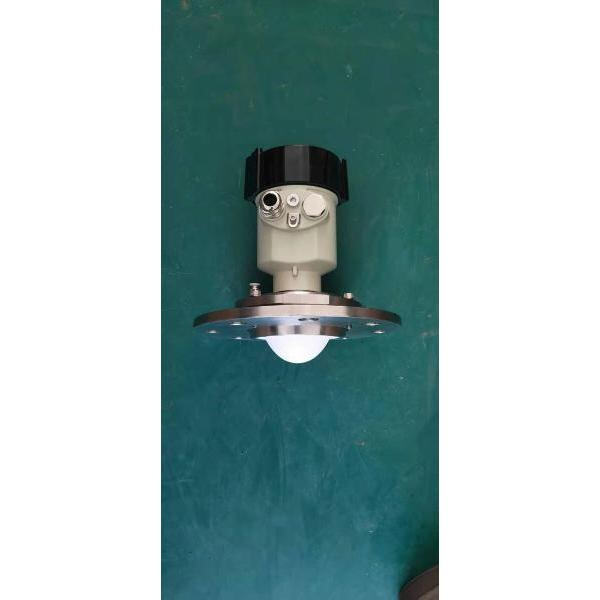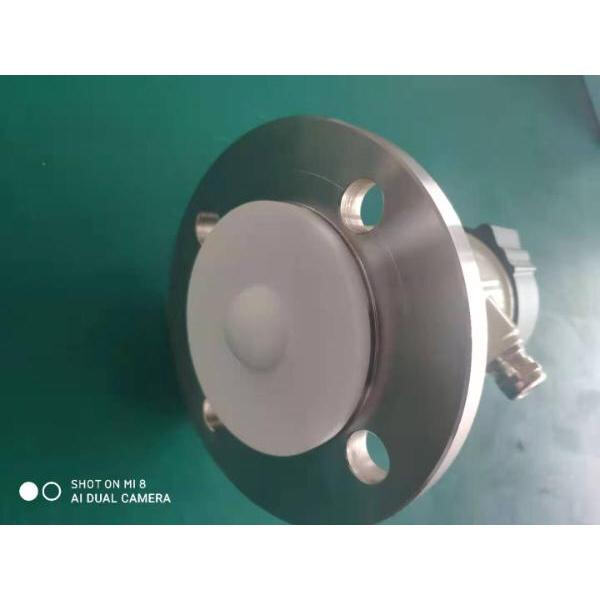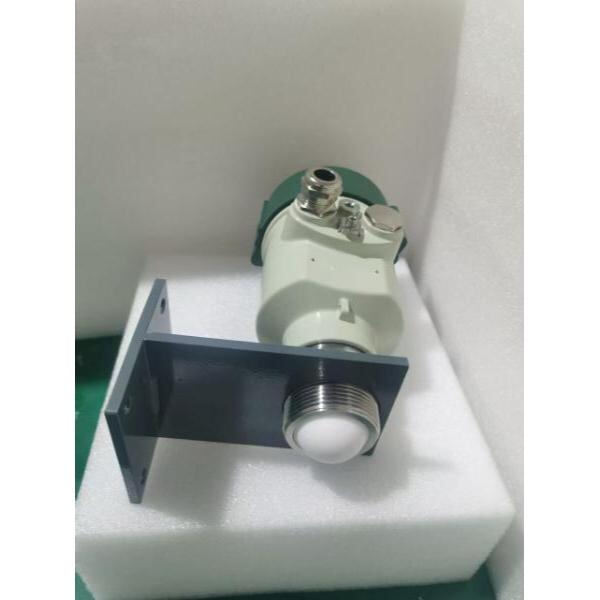When we need to measure the contents of a big tank or silo, radar level transmitters are an incredibly useful tool. Using radar technology, these specialized devices determine the amount of liquids or solids in many industrial settings. Come discover how and what makes them so intriguing!
Radar level transmitters are small fashion of detectives that rely on radar waves to see how much stuff is’s in a container. They emit a signal that reflects off the surface of the material in the tank or silo and returns. By timing the duration of that signal’s ordered return, the transmitter can calculate the level of the material. It’s the equivalent of screaming in a cave, and listening for how long it takes before your voice comes back to you!
Radar has totally revolutionized the way we measure materials levels in factories. Prior to radar level transmitters, people relied on other methods such as float switches or ultrasonic sensors, which were not as precise. Through the use of radar technology, companies can now make fast and accurate measurements of their materials, thus enabling them to work better and safer.

There are many positives that come from using radar level transmitters in factories. For one, they are extremely accurate and can work in challenging conditions, such as at high pressures or in extreme temperatures. They are reliable and require little maintenance as well, which can save companies time and money. And, radar level transmitters are safe, no contact is required with the material being measured.

There are several types of radar level transmitters and each has characteristics. For instance, guided wave radar transmitters are well-suited for measuring liquids in small tanks, and free space radar transmitters are ideal for monitoring solids in open vessels. Pulse radar transmitters serve excellently in dirty or foggy areas. The type of radar level transmitter you pick is crucial to your application.

Here are some things to consider when choosing a radar level transmitter for your business. The only thing to take into consideration is the material that you are going to measure and where your factory is based. And keep an eye on how far the transmitter will reach, and how accurate it will read, and any special features that you’d like, such as remote monitoring or an explosion-proof housing. Finally Look for the reputation of the brand that you are purchasing for, such as KAMBODA, to ensure you are getting quality product. With these considerations in mind, you can select the correct radar level transmitter for the job.


Copyright © Kaifeng Kamboda Industrial Instrument Co.,Ltd All Rights Reserved - Privacy Policy